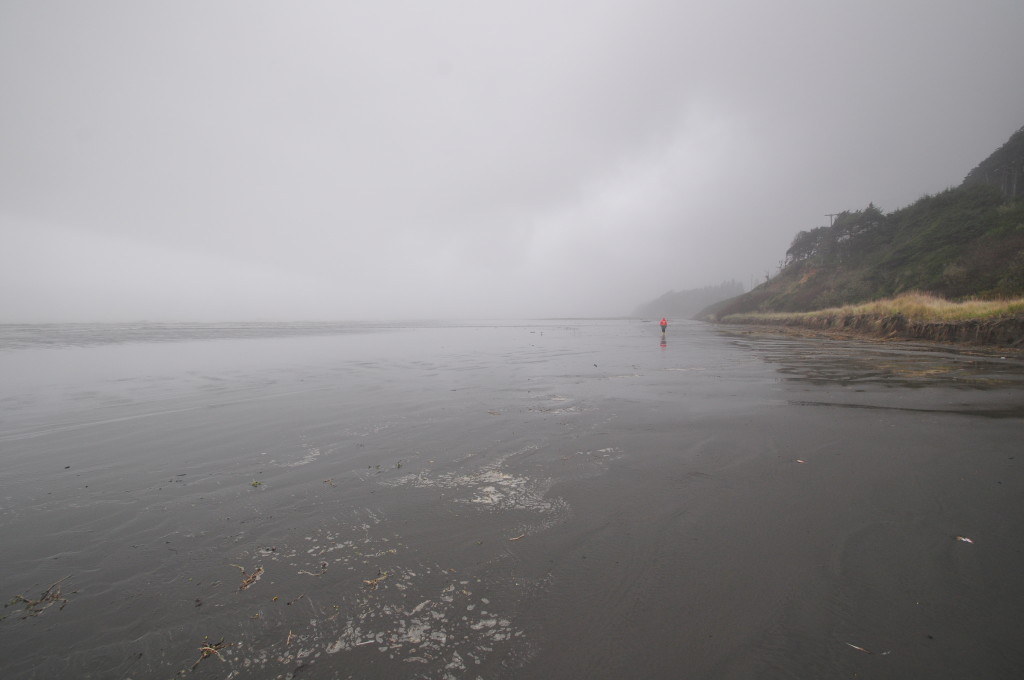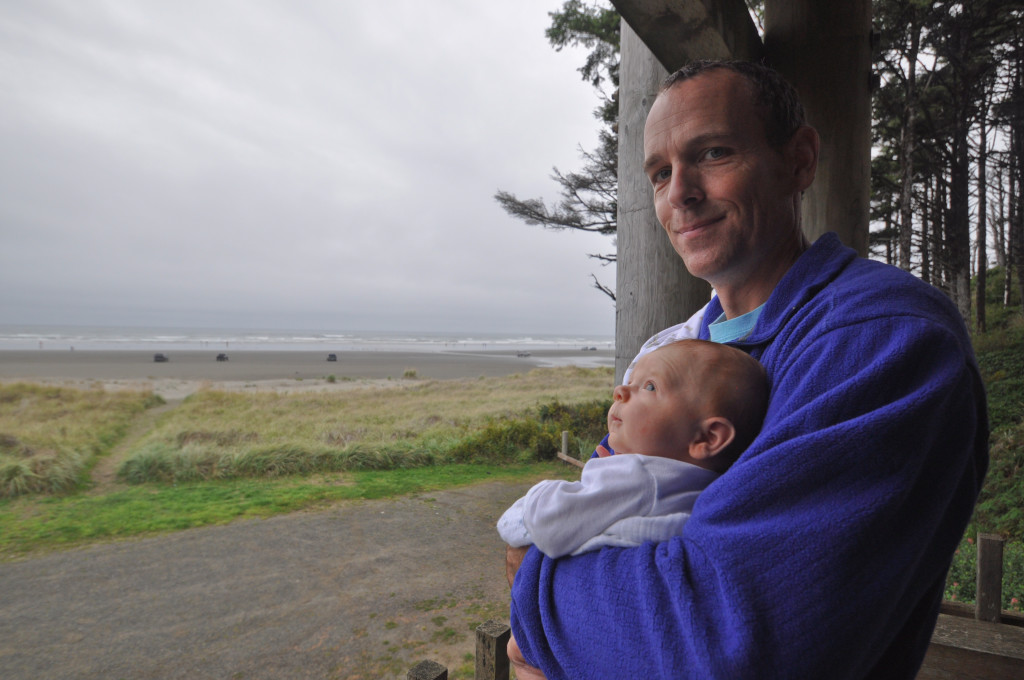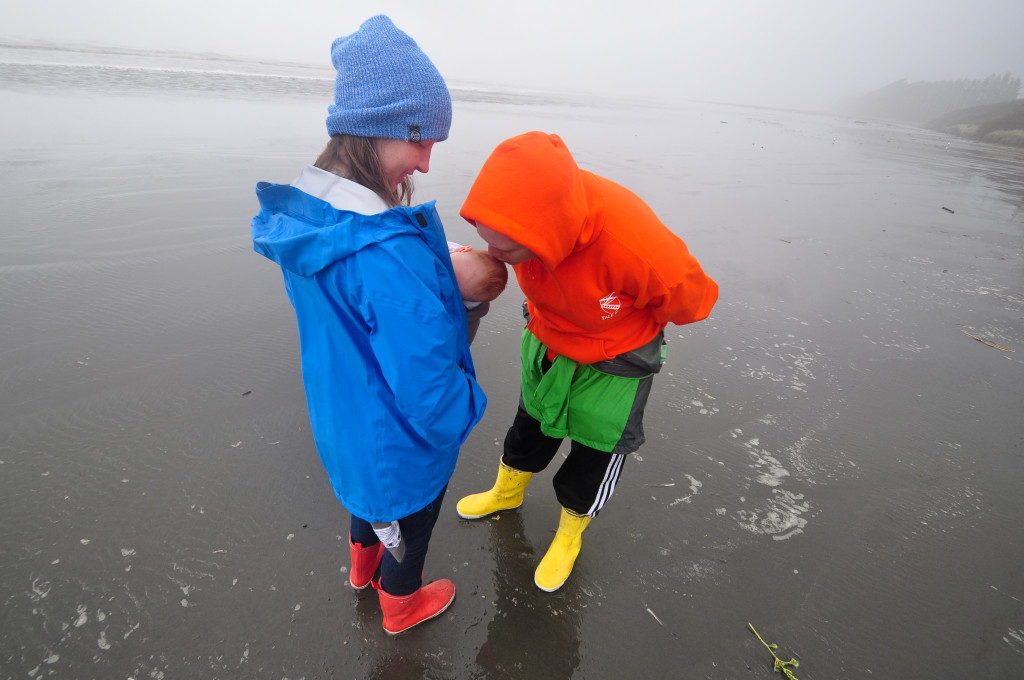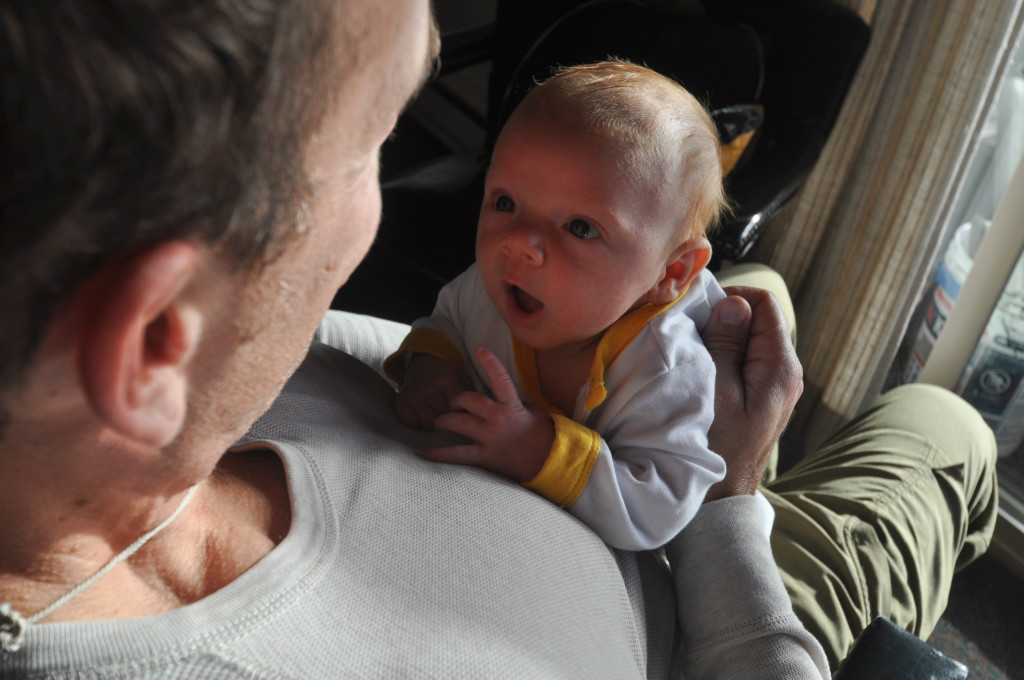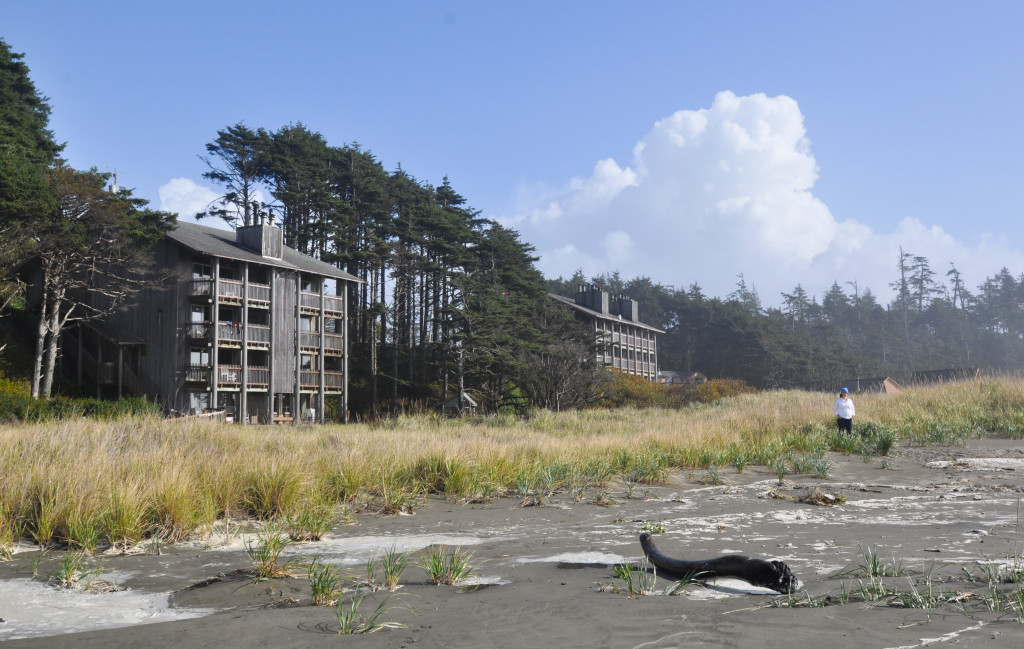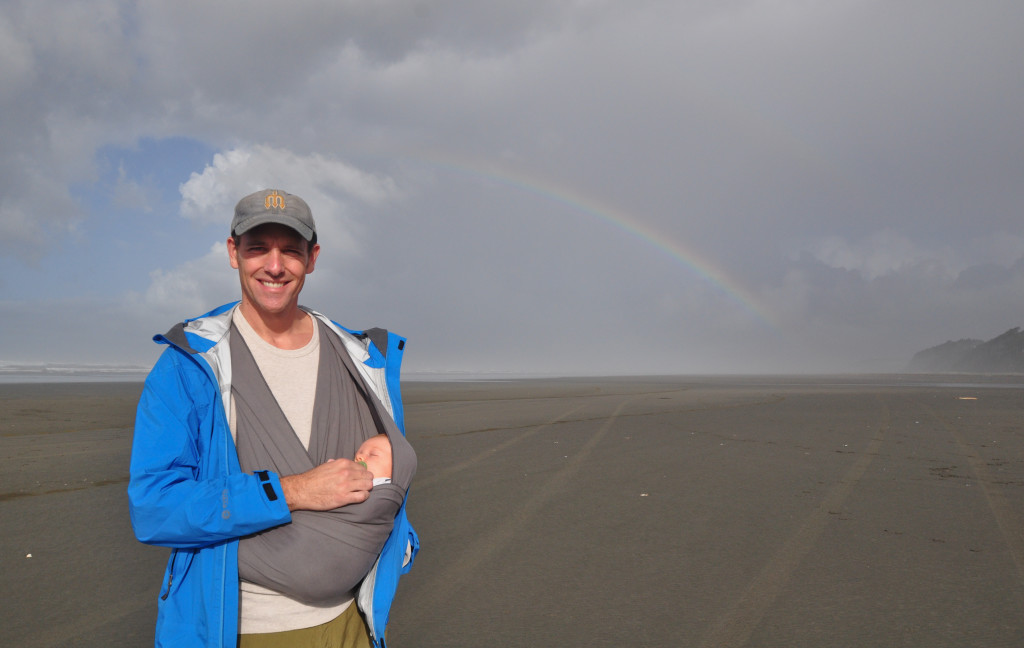Wintertime on Washington State’s outer coast is a surreal time of year.
On some days, the monochromatic grey landscape makes it difficult to separate ocean from sky from beach. Great billows of chilly spray drift over beaches that are massive and flat – solid enough to drive on – with a bounty of razor clams thriving just below the surface. Passionate diggers plunge their hands into slurpy wet holes at low tide to pull these meaty monsters from below.
The white noise of the surf accents the already muted landscape. Low angled sunlight slices through fog and rainforesty evergreens, transforming the world into something out of a fantasy novel.
When I was a child, family trips to the coast left a huge impression on me.
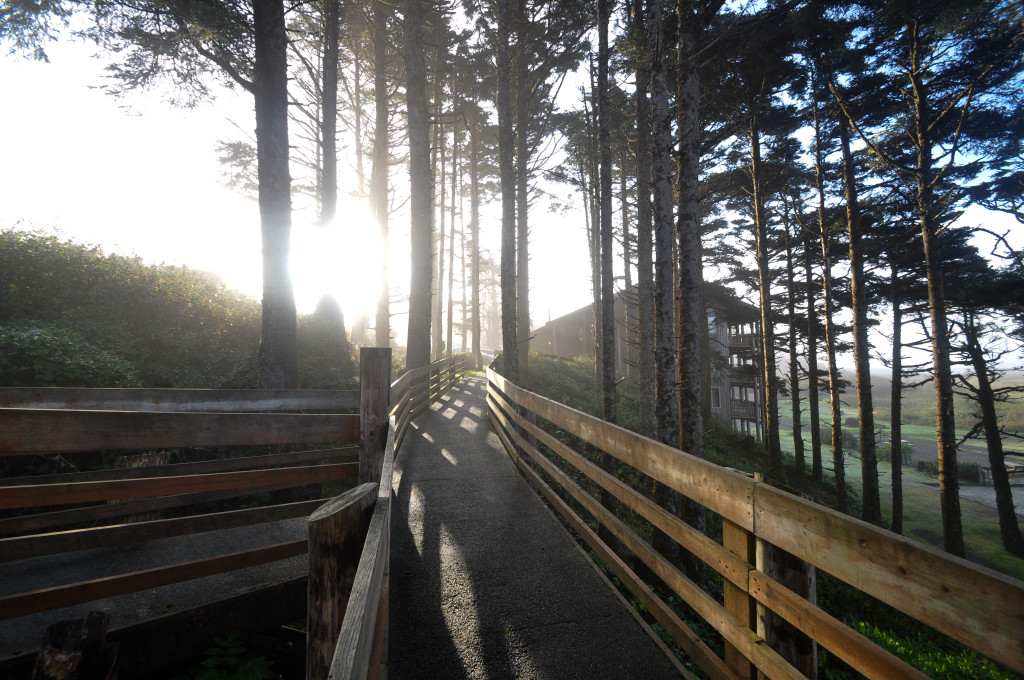 A few weeks ago, I planned a trip to this unusual environment with my new family, including my newborn son Ian, who was still shy of his 5-week birthday.
A few weeks ago, I planned a trip to this unusual environment with my new family, including my newborn son Ian, who was still shy of his 5-week birthday.
We stayed at an old favorite beach lodge in a remote part of the coast – a place called The Sandpiper Beach Resort. The facilities are nothing special. The 80s era décor hadn’t changed since I was a kid, but it has one thing in spades: a terrific location. It’s built directly on the beach, so almost every room has an unobstructed view of the ocean where Ian and I could watch the waves to our heart’s content.
From our windy balcony, we sat under a heaping pile of blankets, and I could feel him tighten down against me. He was hearing the Pacific Ocean for the first time, smelling the salty air and feeling the winter wind on his cheeks. He loved being outside and seemed transfixed by the contrast of hazy sky and the dark silhouettes of evergreens.
Watching Ian’s little body reacting to these details got me thinking about how children absorb their surroundings.
I think we are just beginning to understand how an environment gets imprinted onto baby brains. Just how much of Ian’s personality will be formed by exposure to the natural world in the first few months of life? We’re not really sure.
It’s clear that exposure to negative stimulus at an early age (things like violence and lack of attention) are instrumental in forging negative personality traits which can lead to a host of social problems. Likewise, positive stimulus during formative years (things like attention, love and stability), help to create well-adjusted people.
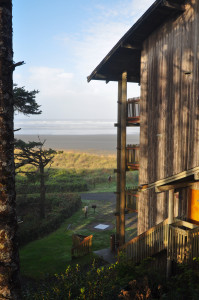 But what we don’t understand very well are how subtle factors like smell and sound help make us who we are. Perhaps it even forges our likes and dislikes. Just think about your Grandma’s cooking and you’ll understand what I’m talking about. Notice any warm feelings bubbling to the surface?
But what we don’t understand very well are how subtle factors like smell and sound help make us who we are. Perhaps it even forges our likes and dislikes. Just think about your Grandma’s cooking and you’ll understand what I’m talking about. Notice any warm feelings bubbling to the surface?
In the winter, it’s natural to want to shield our children from bad weather, especially when they’re newborns. But I think that’s a mistake.
I think it’s important to let young kids experience the outdoors – to smell the damp moss, and feel the chill of the fog on their cheeks.
Of course, if your kids are wet and freezing cold, they’re probably not going to have a good experience – you need to keep them dry and warm – but for all we know, the tickle of snow on their eyelashes and the sound of crunching dry leaves will help them grow into well rounded adults.
I love the Pacific Northwest, so naturally I want little Ian to love his homeland. I don’t expect his weeks-old brain to remember our trip to the beach, but I’m hoping he’ll make good associations between the ocean and his infant memories of love – forever linking the two.
And when comes time for Ian to plunge his hand into a wet sandy hole, and pull up razor clams in the middle of the night, he’ll realize a deeply-seeded warm feeling that he doesn’t quite understand.
(For my theory about how imprinting nature could explain the Zodiak calendar, read Part II of this topic here.)
Outside Everyday
Even if you aren’t able to visit wild landscapes like the Pacific coast, just making the time for a slow walk through a park, or sitting outside every day could be enough to form good memories in children.
